Drue Heinz Study Center for Drawings and Prints and Henry Luce Study Room for American Art
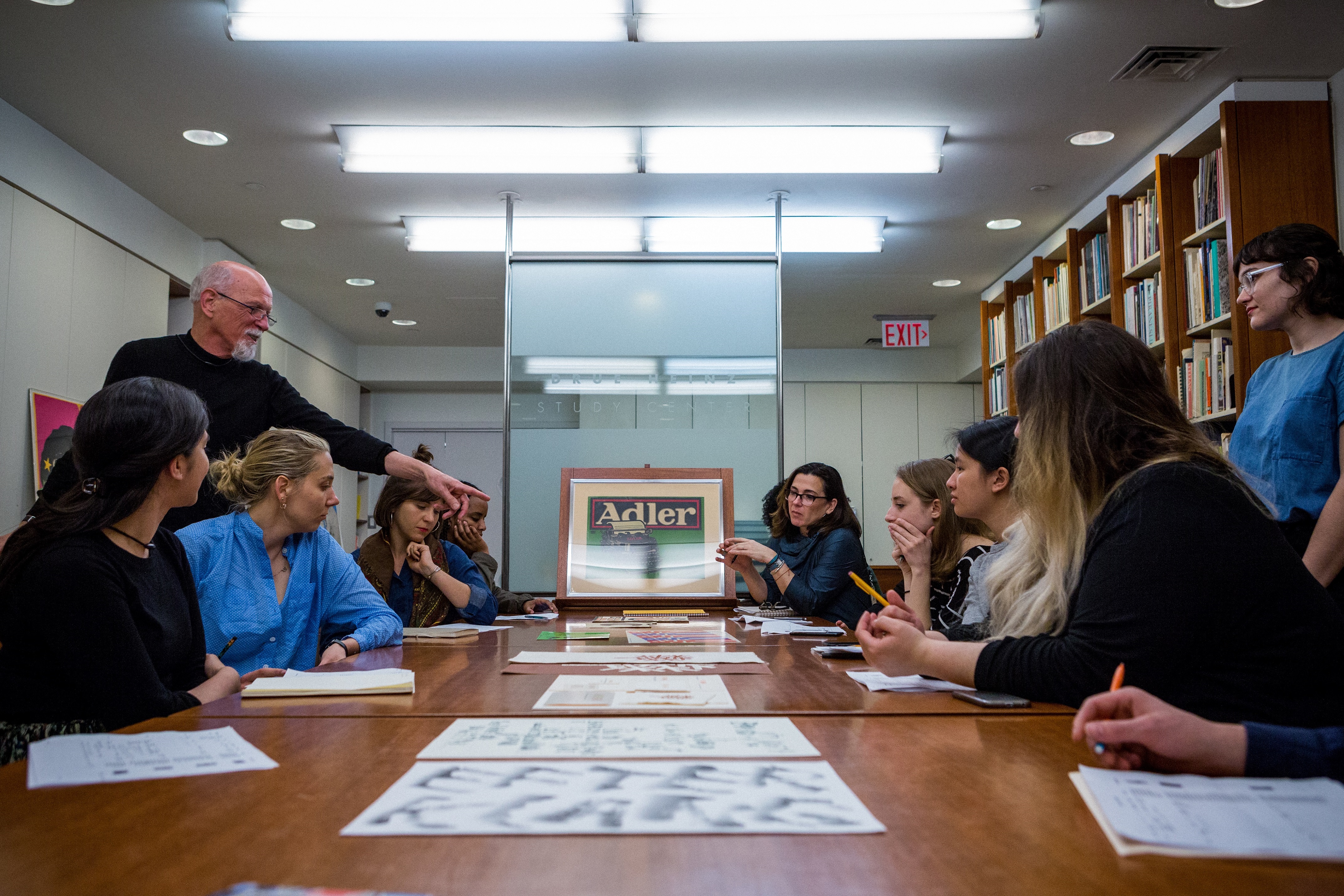
About
Cooper Hewitt’s Drawings, Prints & Graphic Design department, among the world’s foremost repositories of European and American works on paper, holds over 147,000 drawings and prints dating from the Renaissance to the present. Included are designs for architecture, decorative arts, interiors, ornament, jewelry, textiles, graphic and industrial design, and the fine arts. The department’s collection is a vital resource for study, actively supports original research and scholarship, and fosters greater understanding and appreciation of the integral role of works on paper in the history of design and decorative arts up to the present day.
The Drawings, Prints & Graphic Design department welcomes scholars, students, researchers and members of the public to the Drue Heinz Study Center for Drawings and Prints and the Henry Luce Study Room for American Art by appointment.
Learn More
Learn more about Cooper Hewitt’s Drawings, Prints & Graphic Design collection at collection.cooperhewitt.org
Collection Highlights
Architectural Drawings
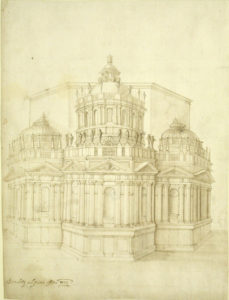
Drawing, Proposed Additions to an Octagonal Church, 1573; Designed by Bernardino Sozi di Vincenzo (Italian, 1573 – 1603); Museum purchase through gift of various donors and from Eleanor G. Hewitt Fund, 1938-88-2648
GRAPHIC DESIGN
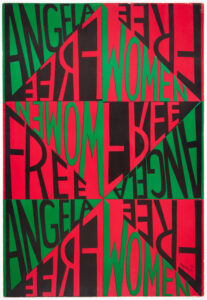
Poster, Women Free Angela, 1971; Designed by Faith Ringgold (American, born 1930); Museum purchase through the American Women’s History Initiative Acquisitions Pool, administered by the Smithsonian American Women’s History Initiative, and from the General Acquisitions Endowment Fund, 2022-20-4
Designs for Ornament
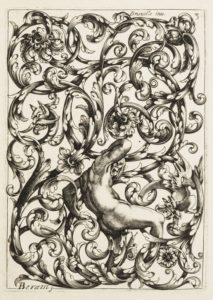
Print, Plate 3, from Diverses pièces de serruriers (Various Designs for Locksmiths), 1662; Designed by Hugues Brisville (French, active ca. 1663); Purchased for the Museum by the Advisory Council, 1921-6-261-3
ILLUSTRATION
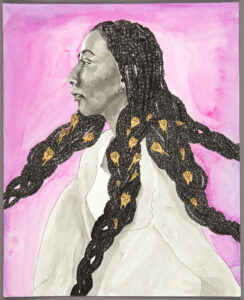
Drawing, The hacksaw has two blades (from Love by Assata Shakur), 2020; Oasa DuVerney (American, born 1979); Brush and sumi ink, watercolor, and gold leaf on paper; Museum purchase through the American Women’s History Initiative Acquisitions Pool, administered by the Smithsonian Women’s History Initiative, 2022-22-2
American Art
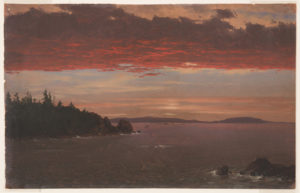
Drawing, Schoodic Peninsula from Mount Desert at Sunrise, 1850–55; Frederic Edwin Church (American, 1826–1900); Gift of Louis P. Church, 1917-4-332
Industrial Design
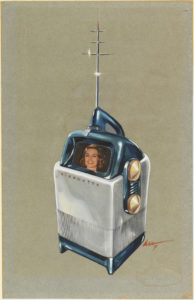
Drawing, Design for Visionette Portable Television, 1947; Designed by Richard Arbib (American, 1917–1995); Museum purchase through the gift of Mrs. Edward C. Post; 1992-183-7
TRANSPORTATION Design
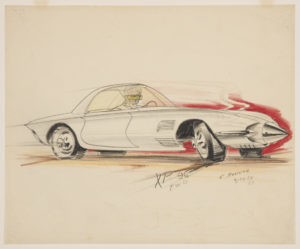
Drawing, Concept Car with Pointed Bullet Front, 1958; Designed by Carl Renner (American, b. Germany, 1923 – 2001); Museum purchase through gift of Paul Herzan and from General Acquisitions Endowment Fund, 2017-18-2
TEXTILE Design
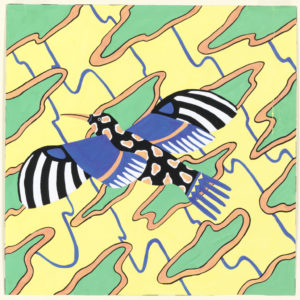
Drawing, Design for a Central Portion of a Scarf, ca. 1985; Designed by Natalie Du Pasquier (French, active Milan, b. 1957); Museum purchase from General Acquisitions Endowment, 1986-10-2
CONTACT
Email: CooperHewittStudyCenters@si.edu
HOURS
Visits available by appointment on Tuesdays and Wednesdays, 10:30 a.m.–12 p.m. or 2:30 p.m.–4 p.m.
Please reach out by email to schedule an appointment.
LOCATION
Cooper Hewitt, Smithsonian Design Museum
2 East 91st Street, New York, NY 10128
Featured Image: © The New School